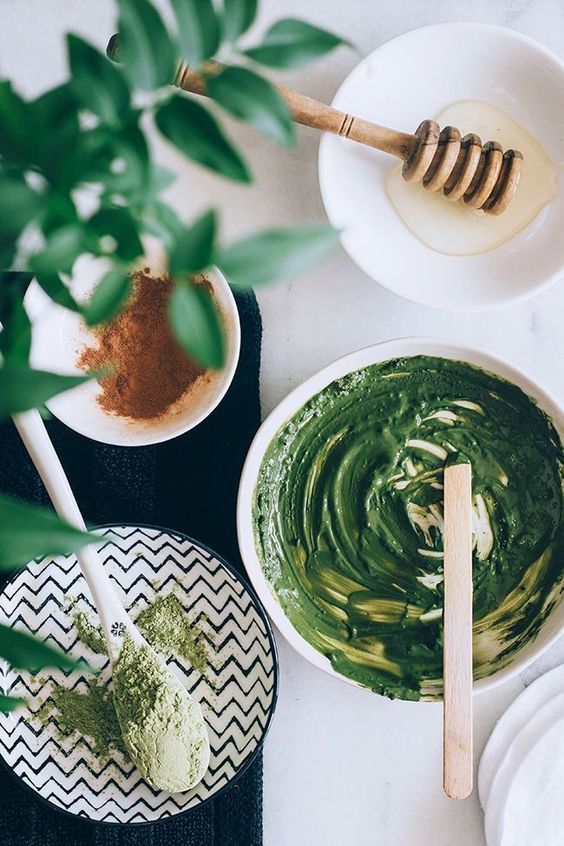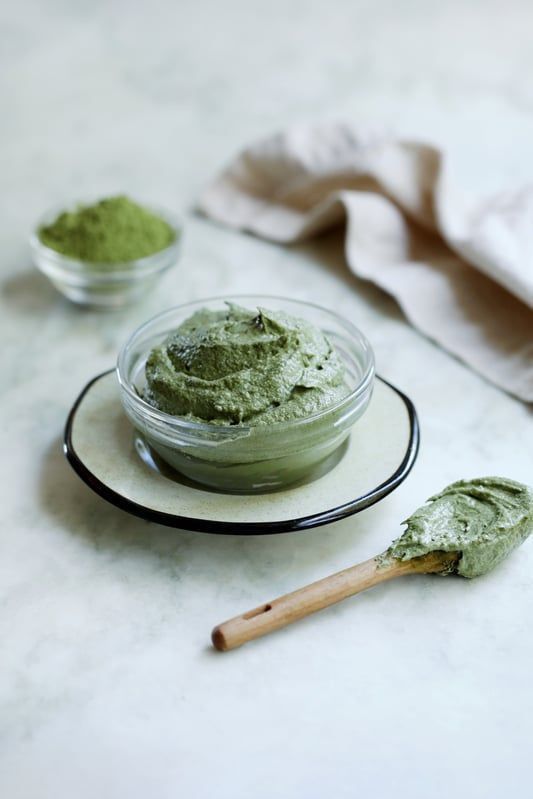Banana tea, an intriguing and lesser-known health drink, offers a variety of benefits when consumed regularly. This simple brew, made from bananas—particularly the peel—can impact your body positively when enjoyed for just a week. Here’s what you can expect when you drink banana tea for seven days:
1. Improved Sleep Quality Bananas are rich in potassium and magnesium, two minerals that naturally relax muscles and nerves. Drinking banana tea before bedtime can help alleviate muscle tension and create a calm state, aiding in a restful night’s sleep. The presence of the amino acid tryptophan in bananas also helps increase serotonin levels, which can help regulate sleep patterns.
2. Enhanced Digestive Health The dietary fiber found in bananas can aid digestion by helping to regulate bowel movements and relieve constipation. Banana tea serves as a mild laxative and is a soothing choice for those looking to improve gut health without harsh effects.
3. Boosted Heart Health The potassium in bananas is beneficial for heart health. It helps manage blood pressure levels and reduces strain on the cardiovascular system. Drinking banana tea could contribute to better heart health by helping to maintain a balance of potassium in the body.
4. Increased Antioxidant Intake Bananas contain several types of potent antioxidants, including dopamine and catecholamines. These antioxidants provide protection against free radicals, molecules that can cause oxidative stress and damage to your cells. Regular consumption of banana tea can help increase your antioxidant levels, which supports overall health.
5. Stress Relief Banana tea can have a calming effect on the brain due to its high levels of potassium and magnesium, which are known to improve mood and stress levels. These minerals help regulate cortisol levels and can naturally reduce stress, making banana tea a great beverage to unwind with after a long day.
How to Make Banana Tea Making banana tea is straightforward:
- Cut the ends off a whole, unpeeled banana.
- Slice the banana into pieces and boil in a pot of water for about 10 minutes.
- Strain the water into a cup, adding cinnamon or honey for flavor if desired.
Conclusion Drinking banana tea for seven days can lead to noticeable improvements in sleep quality, digestive health, cardiovascular function, and stress levels. It’s a natural, cost-effective way to boost your health and wellbeing. So, why not give it a try and see how it can benefit you? Remember, while banana tea is beneficial, it should complement a balanced diet and healthy lifestyle.





















